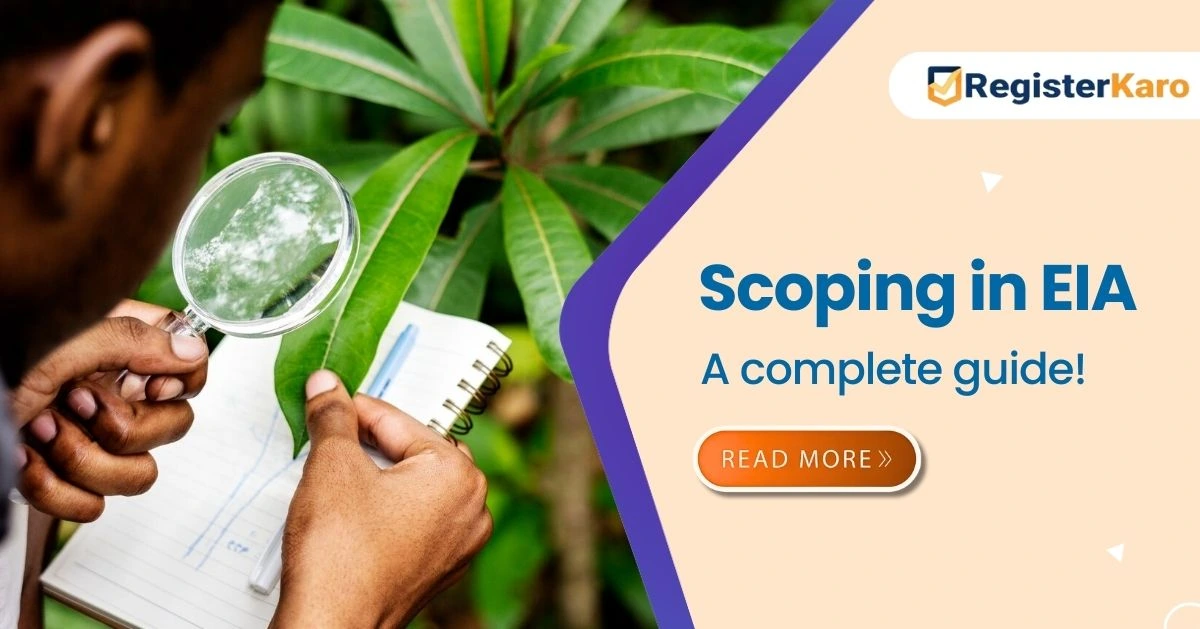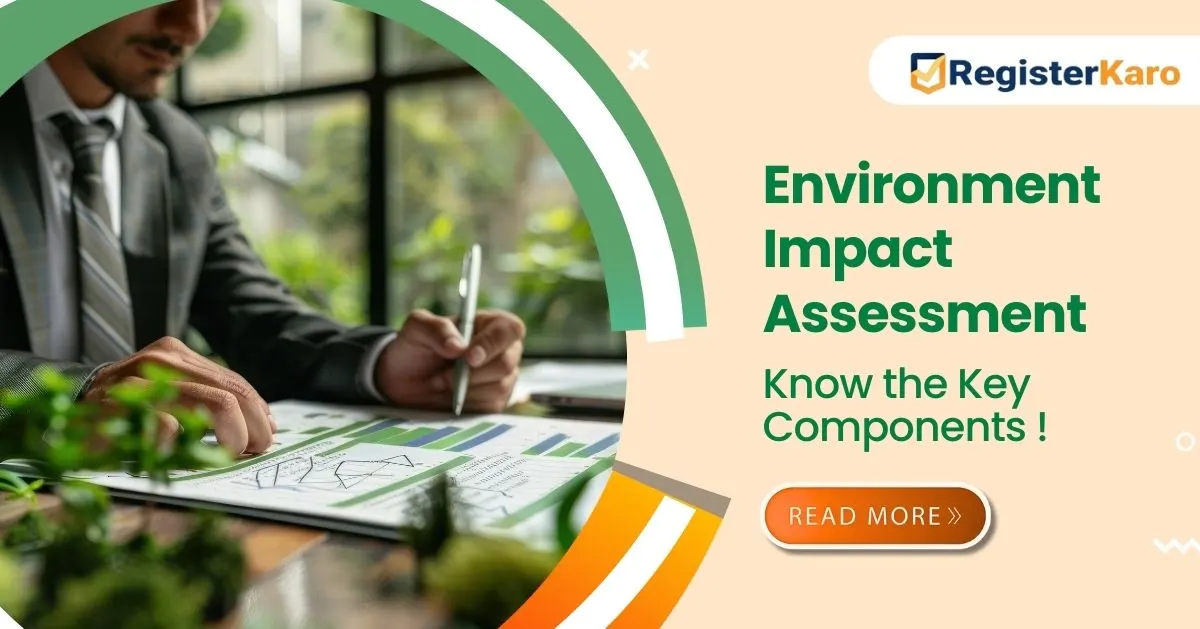
Introduction
The pharmaceutical industry provides an important service in healthcare, but is very environmentally destructive unless controlled. In trying to prevent harmful degradation of the environment, firm effluent standards have been developed to control and regulate the discharge of wastewater from pharmaceutical manufacturing facilities.
What are Effluent Standards?
Effluent standards are limits set for the quality of waste materials put into water bodies, as stipulated by regulators. This includes the maximum permitted level for BOD and COD biochemicals, suspended particles, and pH, with levels also for toxic substances.
Regulatory Agencies and Standards
Central Pollution Control Board
This board is the apex control and it ensures environmental protection within Indian territory. It dictates the level of national discharge in an effluent.
•Abernathy site: This is the location where effluent standards and the related regulations in different jurisdictions were implemented.
•State Pollution Control Boards (SPCBs): These control boards of different states enforce and put to action the different environment-related regulations at the state level, including effluent standards.
•World Health Organization (WHO): It is the WHO that brings out guidelines on safe discharge of water with the protection of the environment.
•United States Environmental Protection Agency (EPA): The EPA sets strict effluent standards for the pharmaceutical industry in America, so it may be a model to the others.
Common Pollutants in Pharmaceutical Industry Effluents
The pharmaceutical industries generate effluent wastes in the form of two different types:
Organic pollutants: These are pharmaceutical residues, solvents, and detergents.
Inorganic pollutants: These include heavy metals, salts, and acids.
Microbiological pollutants: These include bacteria, viruses, and fungi.
Effluent Treatment Technologies
Pharmaceutical industries use varied treatment technologies to meet stringent requirements for standards of effluents. Some of them are as mentioned below:
Primary Treatment:
Suspends all large solid materials by using screening and sedimentation processes
Secondary Treatment:
To remove organic matter and biochemical oxygen demand by biological processes like activated sludge and biological aerated filter.
• Tertiary Treatment:
Removal of specific pollutants such as nutrients, heavy metals, and organic compounds using advanced technology like chemical precipitation, ion exchange, and membrane filtration.
Problems in Effluent Treatment
• Complex composition of wastewater: Pharmaceutical waste stream is highly complex and comprises a comprehensive range of problematic pollutants that can be very difficult to treat.
• Extremely Costly Treatment: Technologies for advanced treatment are costly to implement as well as to run.
• Very Strict Regulatory Compliance: High compliance to very stringent regulations and standards would be very challenging.
• Public Perception: A more adverse perception of the pharmaceutical industry would attract higher scrutiny and more regulation.
Best Practices in Effluent Management
• Minimize wastewater generation: Implement the generation of wastewater by incorporating water reuse and recycling .
• Effective Treatment Technologies: Ensure proper selection of treatment technologies based on the type of wastewater
• Monitoring: The treated effluent shall not be better than any standard
• Employee Training and Awareness: Educate and enlighten the employees about the environmental laws and practices followed for wastewater management.
This, in the form of public participation, is involving people in the community and stakeholders and their hearing of concerns and earning of trust toward the process. Future trends in effluent treatment
Advanced Treatment Technologies: Innovation and application of advanced treatment technologies like membrane filtration along with advanced oxidation processes. Increasing application of zero liquid discharge to reduce wastewater discharge. Circular economy: implementation of circular economy principles for waste reduction and valuables’ recovery, Digitalization: applying digital tools for real-time monitoring and data analytics for predictive maintenance. Specific Challenges in Pharmaceutical Effluent Treatment
High Organic Load Pharmaceuticals waste water containing high concentrations of organic pollutants, including antibiotics, hormones, and dyes.
Presence of Toxic Substance Contents: toxic substance contents may be heavy metals, and solvents, etc
High Salt Concentration: High salt concentrations inhibit biological treatment processes, which is a common problem.
Strict Regulatory Standards: Advanced treatment technologies are needed because regulatory standards are very strict. Emerging Technologies for Pharmaceutical Effluent Treatment
AOPs: Ozone, UV, Fenton’s reagent; it will break organic pollutants.
MF: Membrane technologies MF and UF and NF remove Suspended solids, organic and dissolved salts.
Biological Treatment: Biological processes of degradation are activated sludge or biological aerated filters on the organic pollutants.
Chemical Precipitation: Precipitation of heavy metal and other inorganic matter
• Electrochemical Treatment: Electrochemical can be used for organic as well as inorganic substances.
Best Practices for Pharmaceutical Effluent Management
•Reduce the Generation of Waste: Adopt measures that would reduce generation, implement reuse and recycling of water.
•Source Control: As good practices determine pollution sources and relieve them of their origin.
•Monitoring Operations Permeating All Areas: Meet stringent expectations of wastewater quality and quality of treated effluent.
•Employee Training: Train every employee appropriately about environmental rules and regulations.
•Emergency Response Plans: Prepared plans in case of accidental spills and other emergencies.
•Public-Private Partnerships: Partnering with government bodies and others for response on environmental issues.
Future Pharmaceutical Effluent Treatment
As is expected, in case the trend continues, pharmaceutical effluent treatment would comprise of a blend of high-end technologies and sustainable practices. Emerging trends of importance include:
•Multistage Technologies: It has been termed as using more than one type of technology to achieve the best possible outcome.
•Circular Economy Strategy: Recovery of value from wastewater.
• Sensors and IoT Devices: Monitoring the effluent quality will be established by embedding sensors and IoT devices.
• Applications of AI and ML: Artificial intelligence and machine learning are used in optimizing treatment processes with its predictive analysis for possible problems that might occur.
The pharmaceutical industry will significantly reduce its impact on the surroundings to a great extent at this scale and thus contribute towards sustainable living in the near future.
Conclusion
It has played a huge role in the pharmaceutical industry of the world, but its environmental impact is enormous. Maturity can be achieved by the pharmaceutical industry through proper development and utilization of effluent treatment technology and stiff regulations.
Future prospects for pharmaceutical effluent treatment are bright with up-gradation technology and sustainable practices. The industry can achieve sustainability with environmentally friendly operations through a holistic approach that comes with both traditional methods and innovative methodology.
Pharmaceutical companies will have to make their future greener through very responsible action. Such an approach would serve to save the environment and also earn them reputational mileage along with long-term sustainability.




